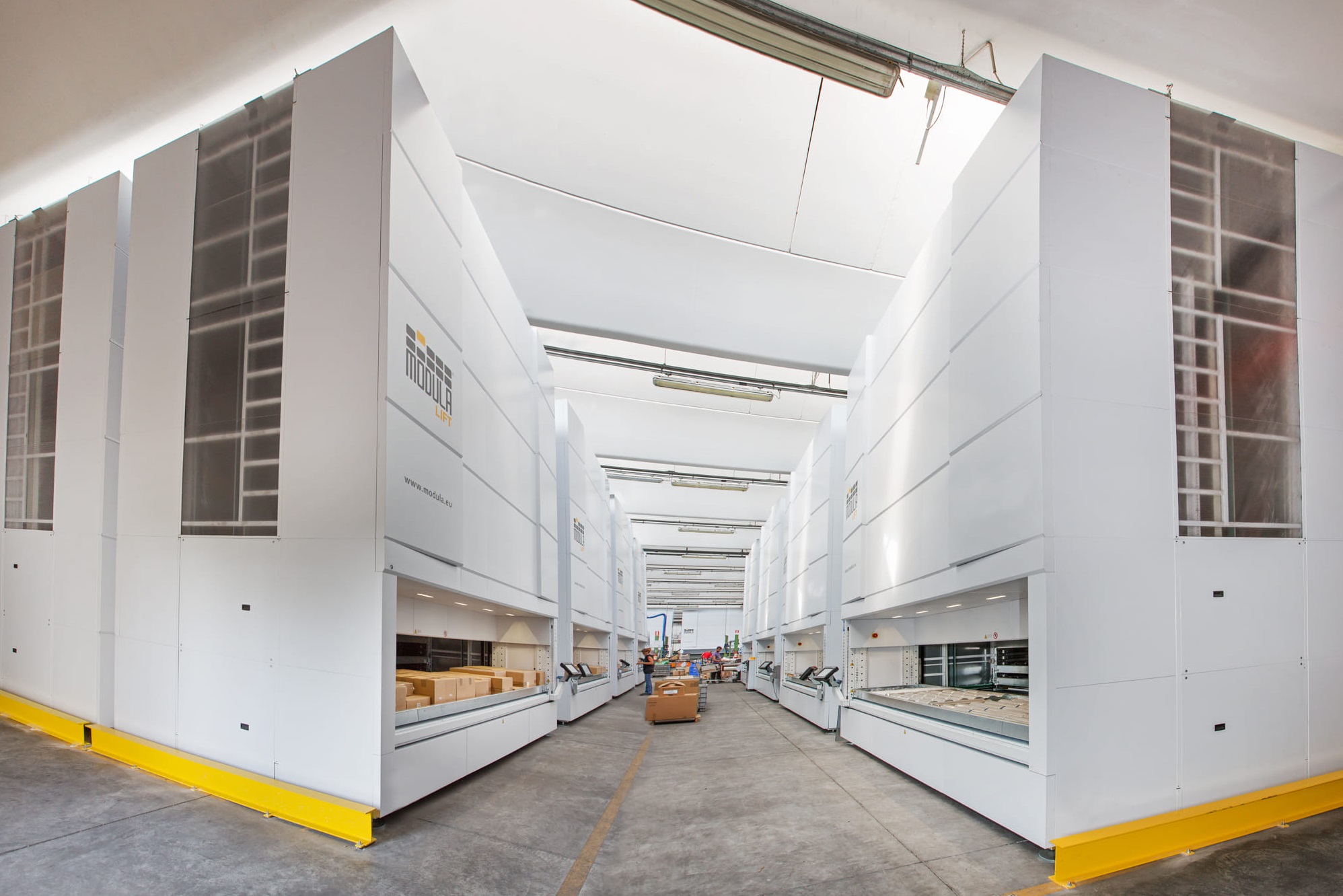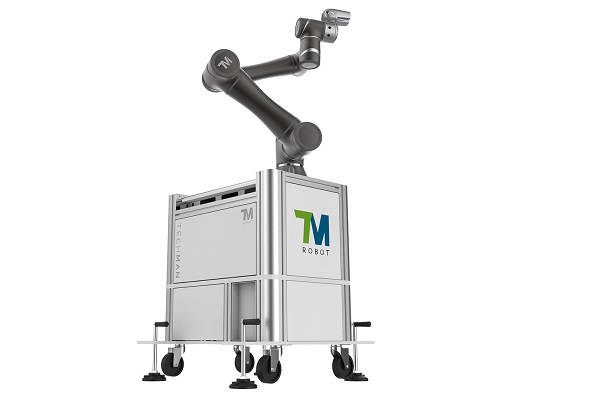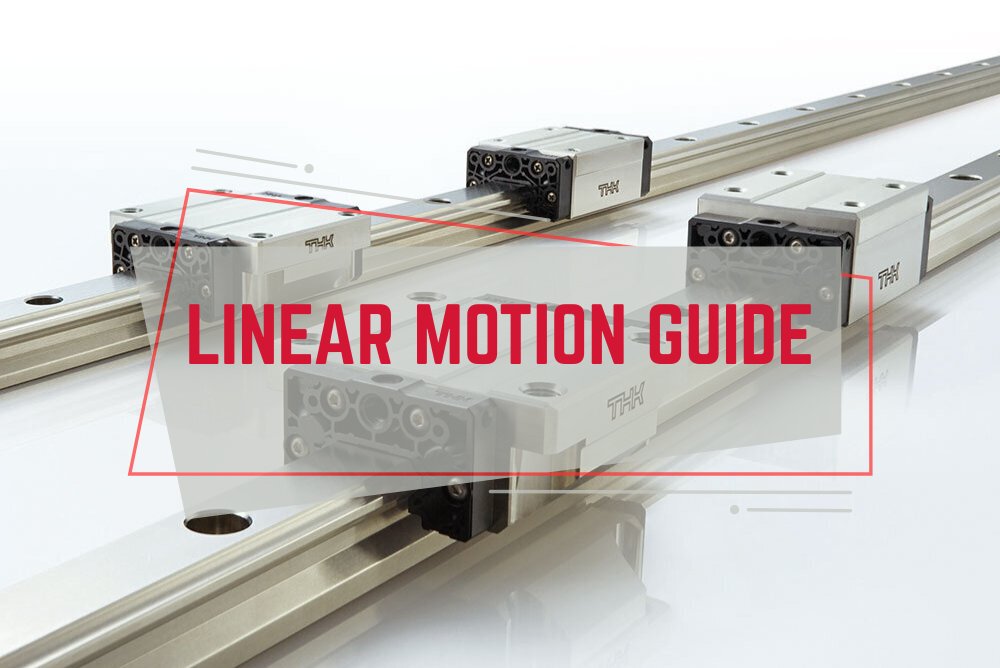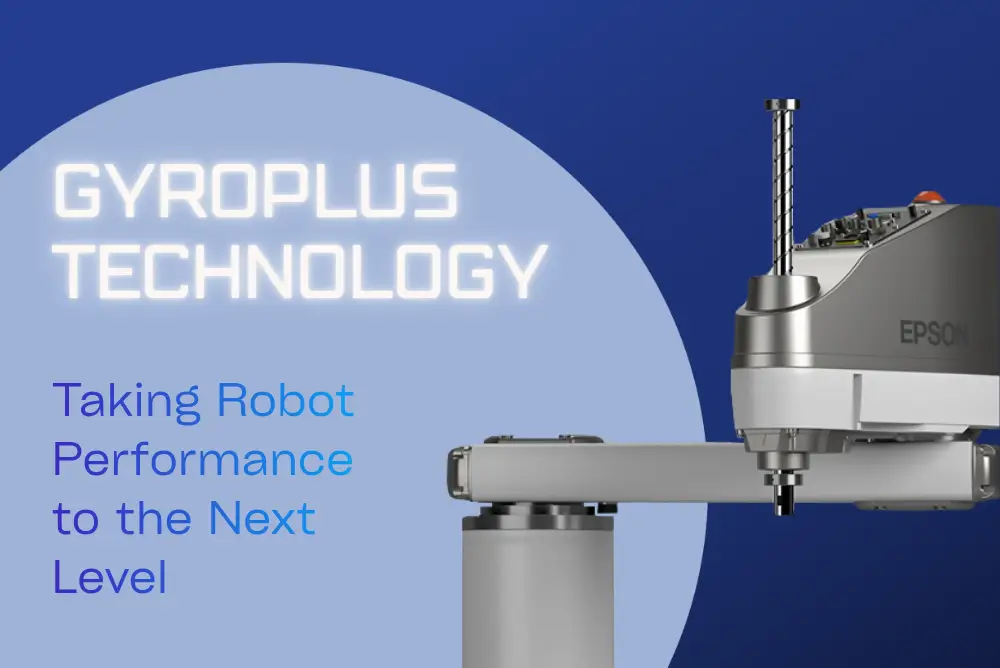 Contents
Contents
When purchasing a servo press, one of the most common questions customers ask is:
“How do I select the right tonnage (kN)?”
Many assume it’s enough to simply check the required pressing force and compare it with the rated tonnage in the catalog. However, the reality is more complex. To avoid misselection and premature wear of the press, we need to fully understand what “tonnage” means in servo presses and the factors that influence it.
Understanding “Tonnage”
In catalogs, tonnage is specified as the maximum pressing force the servo press can generate at a given moment. However, this refers to a short-term peak force, not a force that can be continuously maintained. If you select a press based only on this instantaneous force, you risk choosing incorrectly, which leads to accelerated wear and shorter service life.
Two Key Factors When Selecting Tonnage
When choosing the tonnage/capacity of a servo press, consider:
A. Duration of force holding in each cycle
If the process only requires applying force for a brief moment before release, the selected tonnage can be closer to the required load. But for processes requiring long force-holding (e.g., bonding, clamping), you need a press with a higher tonnage rating.
B. Rest time between pressing cycles
If there is sufficient downtime between cycles, the motor has time to cool, and a slightly higher-rated press can be used.
On the other hand, if pressing cycles are continuous and the motor endures heavy loads for extended periods, a press with much higher tonnage than the required load should be selected.
General guideline: Choose a servo press with approximately 3 times the required pressing force. This reduces stress on the motor, extends service life, and ensures stable operation.
When the Required Force is Unknown
In many cases—especially when transitioning from hydraulic or pneumatic presses to servo presses—users may only know the rated capacity of the old press but not the actual processing force.
In such cases, a Pressing Test is the most effective method. By testing different pressing forces on a demo machine, the required force for the application can be accurately determined.
Solutions from Janome Servo Press
Janome offers a wide range of servo presses to meet diverse production needs:
- JP Series 5: Janome offers a wide range of servo presses to meet diverse production needs.
- JP-S2 Series: Maximum capacity up to 200 kN (approx. 20 tons).
- JP5S Series (new in 2025): Capacity up to 300 kN (approx. 30 tons).
At Temas, we provide demo machines for pressing tests. By bringing sample workpieces, customers can verify the pressing process firsthand and determine the exact required force.
Selecting the correct servo press tonnage should not be based solely on catalog specifications. Companies must also consider:
- Force-holding duration
- Pressing cycle frequency
- Actual test results
Benefits of Choosing Correct Tonnage:
- Extend equipment lifespan
- Improve production stability
- Reduce long-term operating costs
Selecting the right tonnage is not only a technical matter but also impacts equipment durability, process stability, and overall production cost. Instead of relying only on catalog data, combine real-world analysis with pressing tests to make the right choice.
At Temas, we offer a wide range of Janome servo presses. If you are unsure which tonnage best suits your needs, contact us for a demo test and professional consultation to find the optimal pressing solution for your factory.
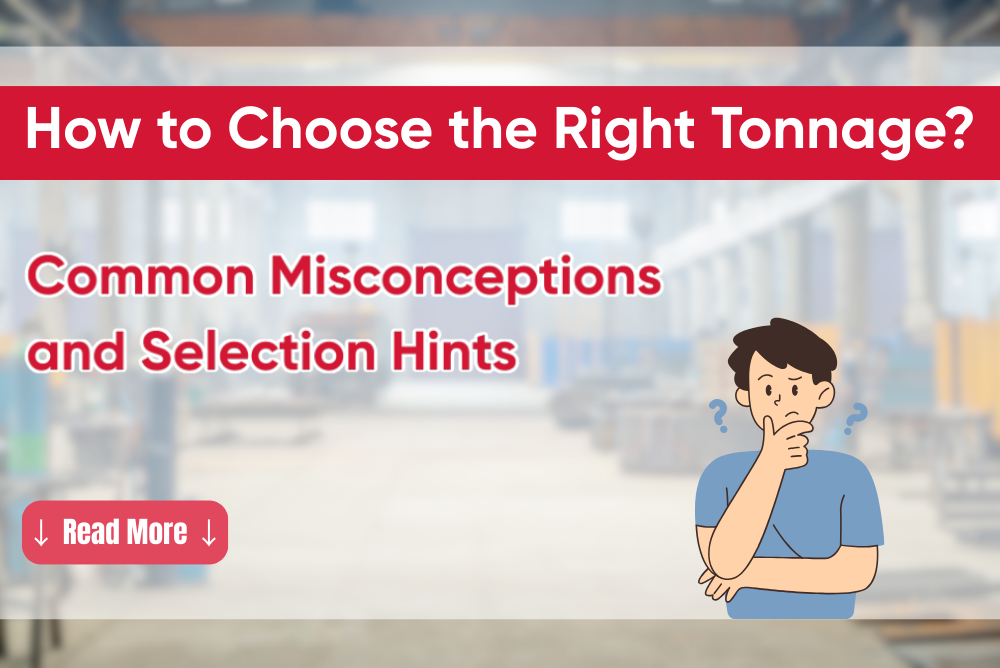
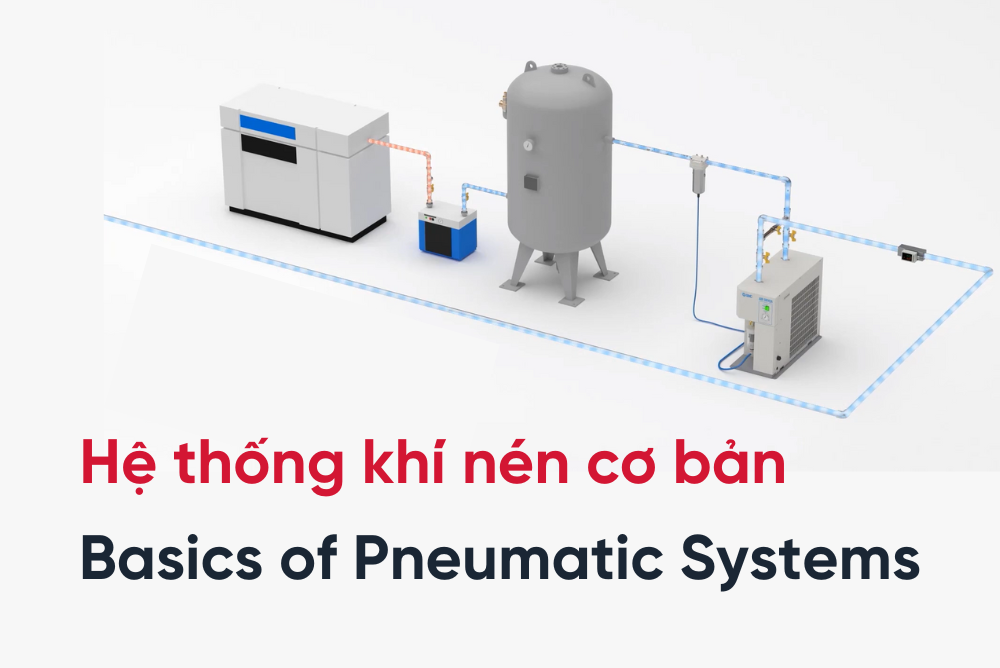
 Read more
Read more
